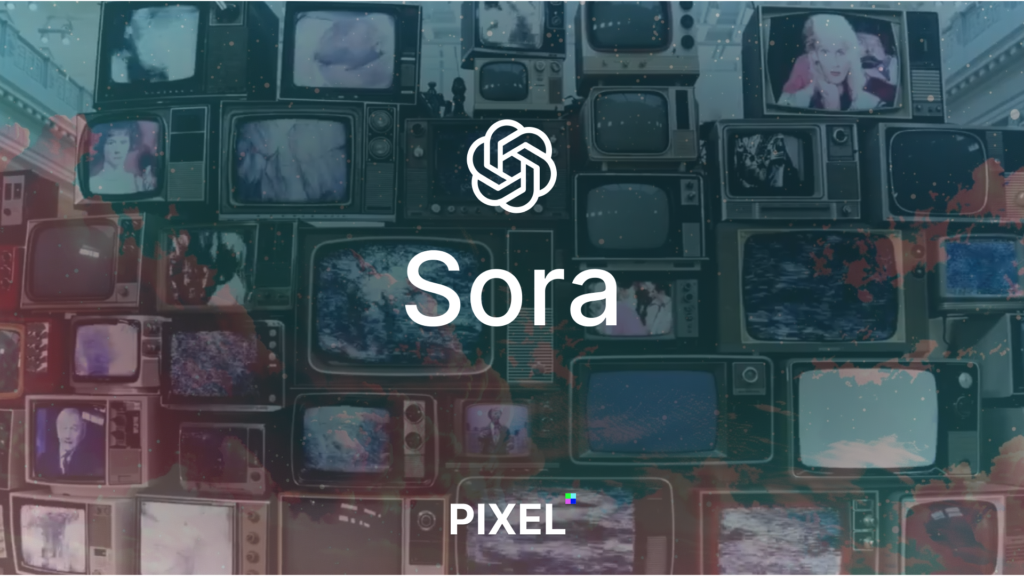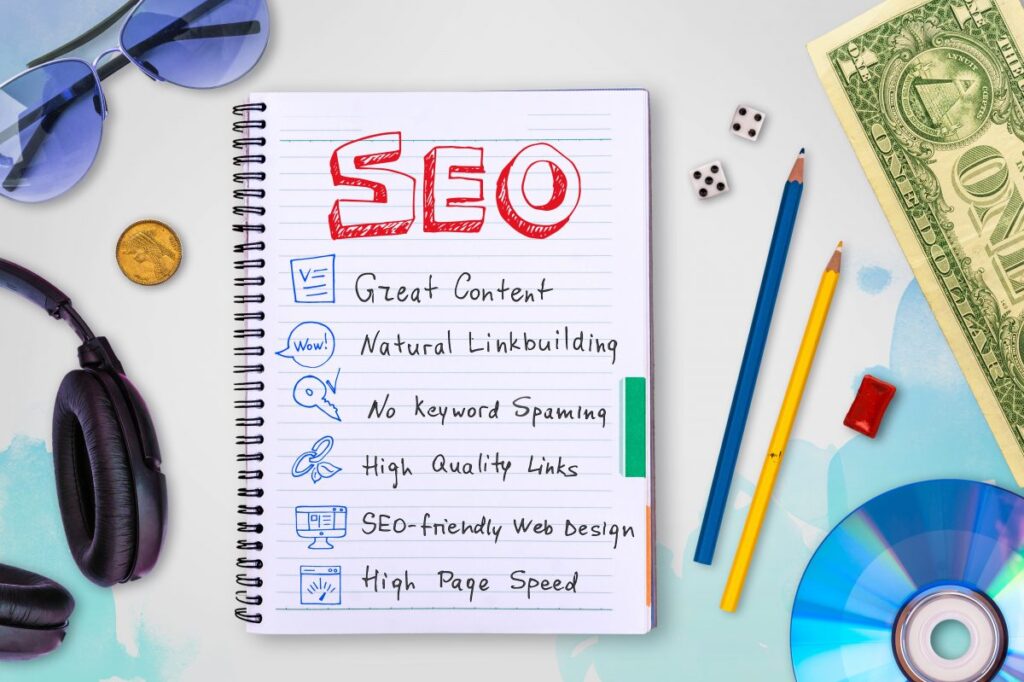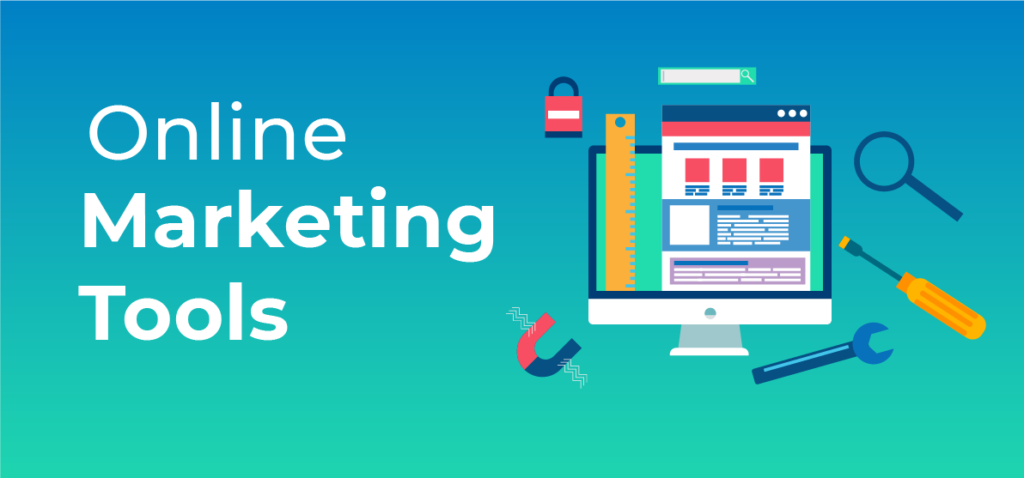Artificial intelligence is the current talk of the town, with publications like Forbes claiming that it is ”changing the world.” On a much larger level, AI is revolutionizing medical diagnosis in hospitals and fraud detection in banks.
But if you look at it on a more granular level, AI’s role is quite significant in everyday business operations, too. One of these operations is content creation.
As more AI tools roll in, we’ll see a widespread adoption of these software to create content, both written and visual. Below, we discuss the potential of AI for content creation. We also share a few tools for you to try.
Basics of AI for Content Creation
The role of AI in content creation is not merely limited to the ”creation” part. It also extends to everything from ideation and editing to rewriting and translation.
First, you can use an AI tool to write a blog post. You can use another one to convert this blog post into a video with an AI voiceover and stock visuals. Then, there’s a third tool that can extract bite-sized content items from this video for your Reels and TikToks.
If you want, you can use another AI tool to translate this blog post into different languages. Or perhaps you want targeted copy? Just use another AI-powered copywriting tool to change the tone and style of the same content.
As is evident, there’s a wide scope for AI adoption. So, it’s no wonder that many content creators use AI in their everyday tasks. According to Statista’s survey, while 21% of content creators use AI for editing, the same percentage also uses it to generate images and videos. Ways in which creators use AI
Why Use AI in Content Creation
Maybe because everyone is using it, or maybe you need to incorporate AI for content creation because it can save time, money, and resources.
According to a Hubspot report, here’s what marketers have to say about content created by generative AI:
- 89% of the respondents said generative AI improved the quality of their content.
- 83% said they can make more content faster with AI.
- 63% reported that the content they make using generative AI performs better than the one they make without the technology.
Marketers using Gen AI
Besides streamlining content creation, generative AI can also help save costs. For one, you don’t have to hire a team of writers, designers, and videographers to produce high-quality content.
McKinsey’s State of AI in 2023 report found that businesses that use generative AI see cost reductions as the primary objective for AI use. Other objectives include creating new revenue sources, increasing revenue, and increasing the value of business offerings.
Top objectives for organizations’ use of AI
When Not to Use AI for Content Creation
Ideally, AI can help take on the tedious task of creating content, giving you more time to focus on other important aspects of your business. However, there are instances where relying on AI might not be a good idea.
- Controversial or Sensitive Topics: It would be wrong to say that AI is not biased. The data it is trained on is often biased, which means the content it creates may also reflect that bias. When talking about highly sensitive topics, it’s best to have a human writer on board. They will do a better job of avoiding cultural sensitivities and bias.
- Specific Information: Let’s say you’re creating a how-to guide for your product or service. It’s brand new information not in any AI tool’s learning dataset. You’ll need a field expert to write this for you.
- Contextual Content: Sometimes, content requires cultural awareness and context. For example, marketing campaigns specific to a certain region or language will require a human touch for authenticity. AI may not be able to understand the nuances and cultural references of your target audience.
Some fields are also less likely to benefit from AI-backed content creation. Healthcare and financial institutions are good examples. Since compliance and ethical regulations are quite strict in these fields, AI-generated content may not be a good fit.
How to Use AI for Content Creation?
Marketers and other business experts are openly advocating for AI use in content creation. Some are even calling it one of the ‘’pillars of the digital future.’’ But how do you actually use this technology? What can it do? Let’s discuss.
Tweet about AI in content generation
Blog Posts and Articles
There are many ways to use AI in blog and article writing. You can use a tool like ChatGPT to create a simple outline for your blog post.
If you want to take it a step further, let AI write the whole post for you. You can even use AI to come up with blog topic ideas or generate headlines that are optimized for clicks and engagement.
Don’t fancy AI writing the whole thing? No problem. AI can be your assistant, stepping in whenever the writer’s block hits.
Hubspot’s report shows that 84% of bloggers use AI to align web content with search intent. Similarly, 80% of bloggers believe that AI-written content can improve the user experience.
How bloggers use AI
AI-generated content doesn’t only make your audience happy; it’s a search engine-pleaser too. In Hubspot’s survey, 74% of respondents said that AI-generated content improves their SERP ranking.
Images and Videos
Besides content, AI can also generate images. Suppose you’re writing a blog post about the keto diet. An AI image generator can churn out high-quality images of keto-friendly meals or portion sizes.
The same goes for videos. AI-powered video creation tools can turn your blog post into a captivating video in minutes. You can also use AI to transcribe and caption your videos. Alternatively, create an AI video from scratch without any script.
How? Some tools are so advanced that they only require a prompt. For instance, you could say, ”Create a 1-minute informative video about the keto diet,” and the tool will do it—visuals and voiceovers added.
Conversational Content
AI virtual assistants and chatbots are becoming increasingly popular in customer service and support. Businesses can use these AI-powered assistants and chatbots to handle customer inquiries and offer recommendations. The more avenues customers have to reach you, the sooner they can get their queries resolved.
Gartner predicts that the global conversation AI market will be the fastest-growing segment, seeing a spur of 24% growth in 2024. When you increase spending on conversational AI, it ultimately pays off in the form of customer satisfaction and retention.
Worldwide conversational AI spending forecast
Translation
Although this use case is not as common, AI can also translate content to localize it for your target audience. Businesses with a diverse customer base can leverage AI to use the same marketing content for different audiences.
A notable downside here is AI’s lack of nuance. Cultural and linguistic differences can sometimes be lost in AI translation. However, AI translation is still a useful tool for basic and quick translations.
Quick Read: How to Use AI in Marketing: Best Practices 2024?
AI Tools for Content Creation
Now that you understand the use cases of AI for content marketing let’s look at a few handy tools.
We’ll preface this section by clarifying that this is, by no means, an exhaustive list. New tools are being developed and launched every day, so there’s always something new to explore. Our selection is based on the popularity and general consensus about these tools.
Textual Content
Textual content includes all your written content, like blog posts, articles, and social media captions. You can also use these tools to write or polish your email copy.
Grammarly
Grammarly checker
Grammarly has long been in the game. Initially, it was a grammar checker that flags the following issues in your content:
- Correctness
- Clarity
- Engagement
- Delivery
- Style guide
Now, the tool has a generative AI feature that you can use to write entire sentences or paragraphs from scratch.
Writesonic
Writesonic is another AI writing tool with over 80 features that marketers can use. Some of its features include a paraphrasing tool, a sentence expander, a review responder, and a content shortener.
You can also use Writesonic to write email subject lines. Besides writing full-fledged blogs, the tool can also create blog ideas and outlines for you to work on yourself.
As for ad copy, Writesonic can help you write Facebook ads, Google ad titles, Google ad descriptions, LinkedIn ads, YouTube descriptions, etc.
Copy.ai
Copy.ai has recently become popular due to its content templates that allow you to generate content for different niches. It can generate everything from e-commerce product descriptions to digital ads and sales copy.
The First Draft Wizard feature of Copy.ai creates the first draft of your blog post in just 5 minutes. Plus, the platform has use-case-focused templates for email campaigns, social media, etc.
Image-Based Content
Taking pictures for your content marketing strategies is a hectic task, not to mention expensive. The following AI tools can help.
Midjourney
Midjourney became an Internet sensation with its AI-powered image generator. Most people used it for fun in the beginning. Now, many marketers use it to create images for their content.
You don’t necessarily have to use the tool for image generation. It can also produce stellar landing pages.
A tweet about Midjourney creating landing pages
As it advances, Midjourney’s potential will increase multifold. In fact, there are speculations that Midjourney will be able to run full volumetric 3D with 60 frames per second in no time.
A tweet about Midjourney’s role in volumetric 3D art
NightCafe
NightCafe is another tool that creates images based on your prompts. The CLIP-guided diffusion algorithm allows text-to-image conversion.
There’s also a vibrant community around NightCafe. Marketers can use this as a resource to get inspired for their own campaigns.
DallE2
Dall.E2 lets you create realistic art and images with a simple description. Its previous version, DALL·E 1, was also popular among content creators.
But Open AI, the name behind both DALL·E 2 and ChatGPT, claims that DALL·E 2 offers better resolution. It also has better photorealism, which means the resulting images look highly realistic.
Video Content
With AI tools, all you need is a simple sentence stating the message you want to convey, and voila! The tool does the rest.
Pictory
Pictory is a popular AI tool for video generation that also offers voiceovers. You can use it to convert any script or blog to video. Recently, Pictory added 29 new languages to its suite.
A tweet from Pictory saying the tool has 29 new languages
Pictory also lets you add captions to your videos for better accessibility. Plus, the tool auto-summarizes long videos and creates highlights for long-form video content.
Synthesia
Synthesia is among the best AI video generators, letting you make a video in just 15 minutes. Its features include:
- AI avatars
- AI voicers
- Built-in screen recorder
- Media library with millions of icons, shapes, videos, and images
- A music library with royalty-free soundtracks
- ChatGPT-like prompts for video creation
Runway
Runway is an AI research company that offers multiple ”AI Magic Tools” that can convert text to images or video. The cool part about this AI tool is that you can train it to create custom styles and portraits.
Some video features include:
- Scene detection to split footage by clips
- Face blurring feature
- Addition of depth of field to videos
- Slow-mo videos
Voice Generators (Multilingual)
Some video generators also have built-in voiceover features. But here are some stand-alone voice generators.
Playht
Playht is a text-to-speech tool with over 800 AI voice options. It also supports 142 languages and accents, so you can target your market in any region around the world.
LOVO
LOVO text-to-speech generator
Just like Playht, LOVO also turns your text into voiceovers. It has more than 500 voice options in 100 languages. The tool also has a royalty-free image library to add background images to your videos.
ElevenLabs
ElevenLabs is one of the most popular AI text-to-speech converters, with more than 1,000 voices. Since these ”voices” are programmed with contextual awareness, they create text nuances and human-like intonation. The audios download at 128kbps for a top-notch listening experience.
How to Integrate AI Into Content Strategies?
The way you use AI for content creation will depend on your marketing objectives. But here are some ideas.
Use AI for Ideation
If you’re not on board with the idea of AI writing all your content for you, that’s not a problem. You can simply use it for ideation. Most marketers do the same.
How do marketers use gen AI
For example, you can ask AI to tell you some topics that align with recent trends among the GenZ. Similarly, you may feed AI your customer analytics and use it to come up with content ideas that your customers will want to engage with.
Create an Integration Plan
Craft a plan on how you will integrate AI into your content marketing strategy. Here’s how:
- Objective Definition: Why do you want to use AI? Is it for content ideation, creation, editing, polishing, proofreading, retouching, etc?
- Tool Evaluation and Selection: Which tools will you use? Base your selection on budget, scalability, ease of use, features, etc.
- Personalization: AI content can get a bit generic. How will you add personalization to it? Get your human team involved.
How to Measure the Effectiveness of AI-Driven Content Marketing?
You’ve selected a couple of tools, and you’ve been using them for a while. Are they delivering what they’re supposed to? The following measurement strategies will help you answer this question.
Engagement Metrics
The engagement metrics tell you how much your audience is interacting with your content.
Customer engagement metrics
These include:
- Click-Through Rate: How many people clicked the link in your AI-generated content?
- Time on Page: How much time do people spend on a page with AI content?
- Bounce Rate: What is the bounce rate of AI content compared to non-AI content?
Content Performance Analysis
Content performance analysis touches on two things: consumption and reach. How often is your AI-generated content viewed and shared? The higher the value, the better.
SEO Metrics
As we mentioned earlier, many marketers say AI content improves their content’s SERP rankings. You should also monitor keyword performance and ranking for the content you create using AI.
Audience Insights
Don’t sleep on audience involvement. After all, they’re the ones consuming the content. Get audience feedback about the AI-driven content to understand whether it resonates with them or misses the mark.
You may also conduct a behavioral analysis to see how the audience responds to AI content. Is it leading to conversions, comments, or shares?
Ethical Considerations and Best Practices for Using AI in Content Marketing
When using AI for content creation, you should keep certain ethical considerations in mind.
Account for Inaccurate Information
AI content creators are not always guaranteed to produce accurate information. In fact, incorrect information is the top challenge marketers face when using generative AI.
Gen AI may produce inaccurate information
Sometimes, the generated content may also have racial, cultural, social, or gender biases. Make sure you review the information before putting it out there. According to McKinsey’s report, inaccuracy is the top AI-related risk for organizations. Others include cybersecurity, intellectual property infringement, regulatory compliance, privacy, etc.
Risks of generative AI adoption
Ensure Human Oversight Involvement
Staying in the same lane, AI-driven content should have human involvement. Your marketing team should proofread and check the information. Human oversight ensures that your content is error-free, unbiased, non-discriminatory, and aligns with your brand’s values and messaging.
Comply with Industry Regulations
If you’re in a highly regulated industry, comply with the necessary regulations. These may be GDPR (General Data Protection Regulation), HIPAA (Health Insurance Portability and Accountability Act), or CCPA (California Consumer Privacy Act). The last thing your business needs is a lawsuit.
Takeaway
Long story short, using AI for content creation can help minimize the time it takes to create and publish content. It also streamlines marketing processes and saves you time.
However, you shouldn’t overlook the need for human creativity and touch in content creation. A blend of AI and humans is the way to go.
Frequently Asked Questions
Can AI Replace Human Content Creators?
AI cannot replace human content creators in the near future. While AI has advanced greatly in recent years, it still lacks the ability to think creatively and capture nuances. It can also be incorrect and biased in many instances, which is a no-no in marketing.
How to Create a Blend of Human and AI Content Creation?
The right way to do this is to use AI as a tool to augment human content creation rather than replace it. Train your marketing team on using AI to ideate, brainstorm, optimize, and automate processes in content creation.
How Can AI Improve Content Marketing?
AI can analyze your target audience’s behaviors and produce highly relevant content that speaks to their interests. It can identify keywords and create SEO-friendly titles, descriptions, and alt tags for your content. In some instances, it may also be able to personalize content for different segments of your audience.







